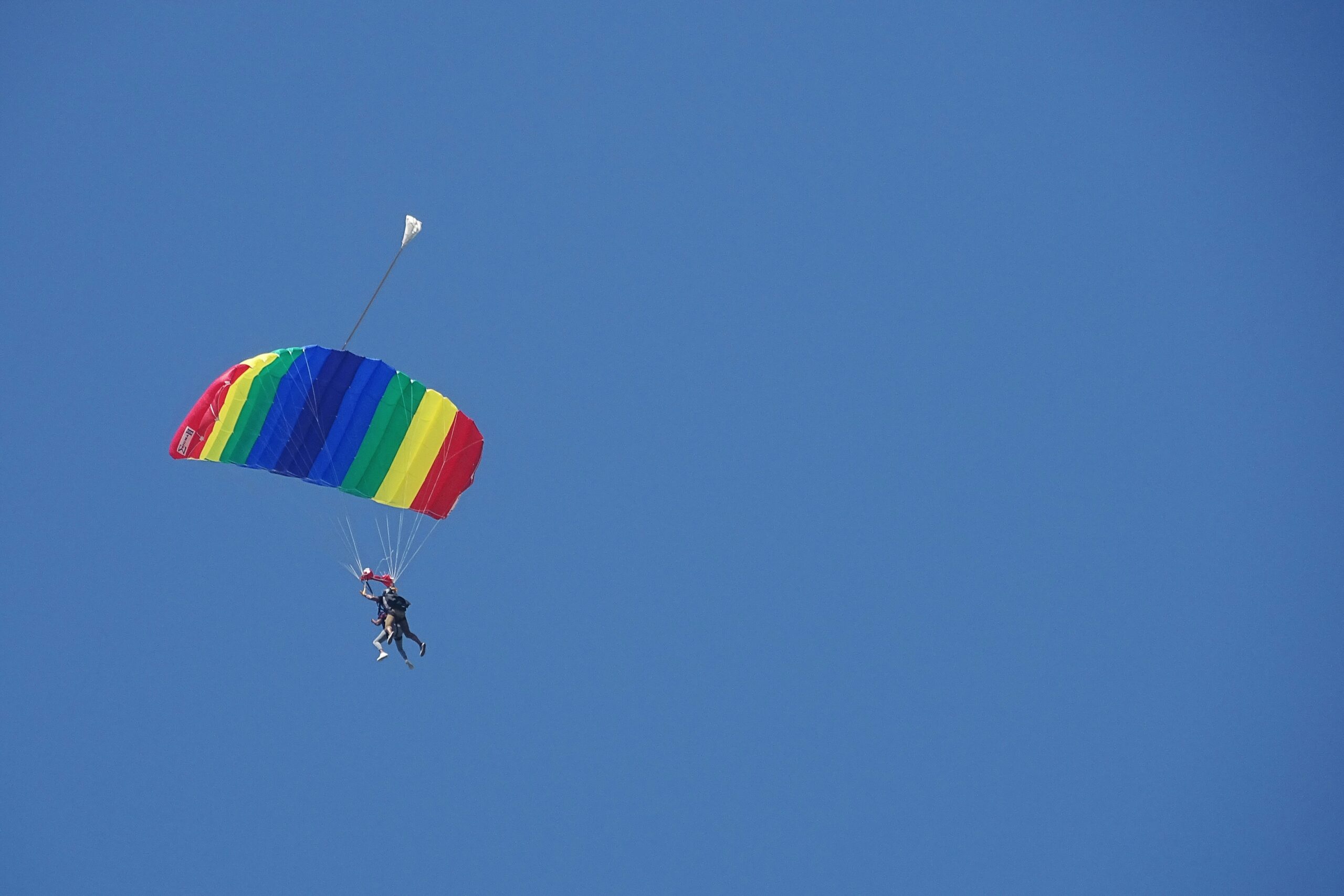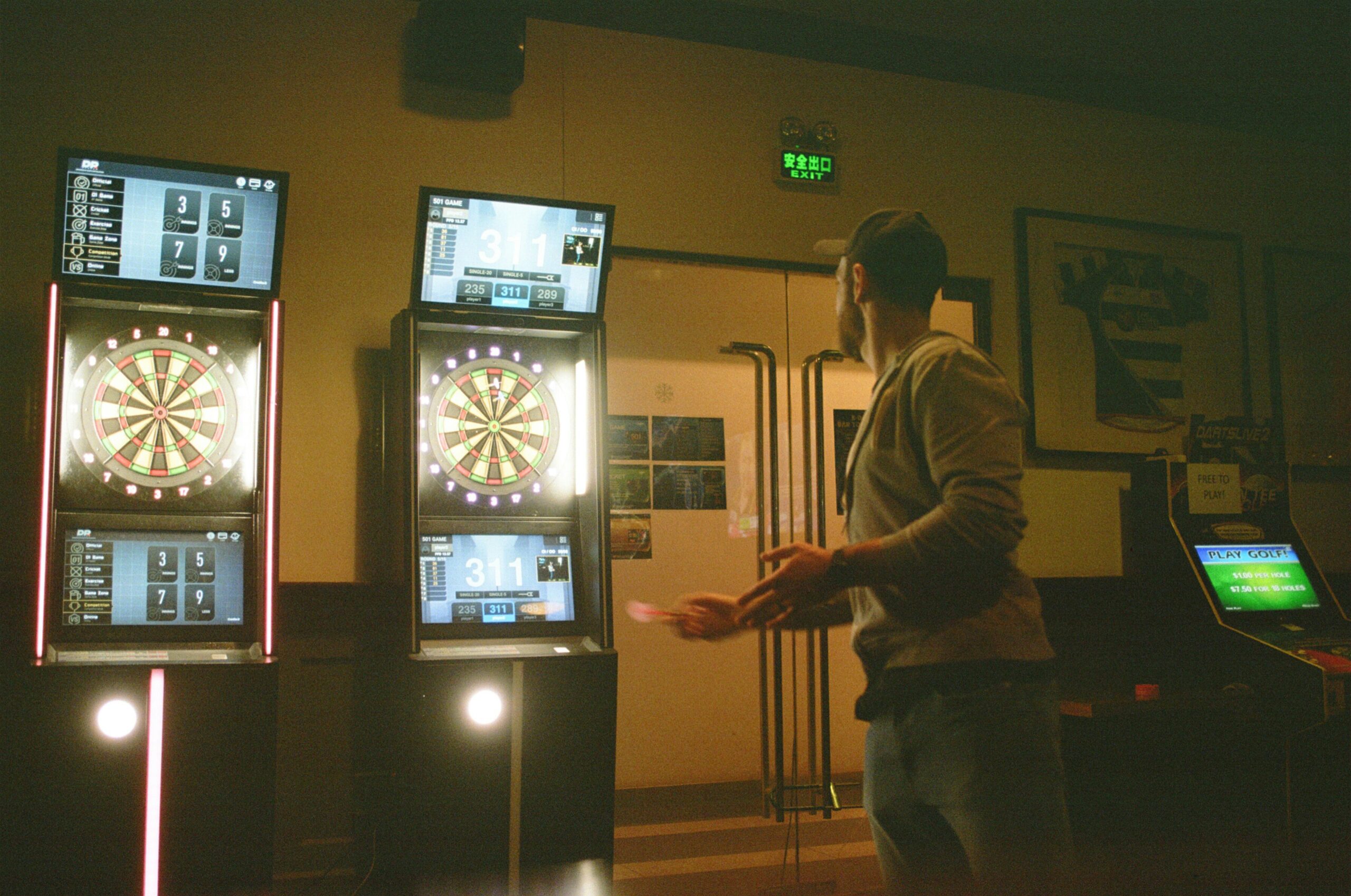The Thrill of the Fall: Understanding Parachuting
Parachuting, also known as skydiving, is an exhilarating activity that involves jumping from an aircraft and experiencing a free-fall before deploying a parachute to descend to the ground. It requires a great deal of skill, knowledge, and physical fitness.
For a successful free-fall and landing, parachutists must have a thorough understanding of various techniques and concepts. For instance, they need to know how to maintain stability while in free-fall, how to deploy the parachute at the right time, and how to control their descent and landing. They must also be familiar with the equipment they are using, including the parachute, harness, and altimeter, and know how to use and maintain them properly.
In addition to technical skills, parachuting also requires a healthy respect for the elements. Parachutists must be aware of the weather conditions, including wind speed and direction, and how they can affect their jump. They must also be mindful of their altitude and airspeed, and have the ability to make quick decisions in response to changing conditions.
Whether parachuting is performed as a recreational activity or as part of military training, it is essential that participants receive proper instruction and training. This includes both classroom instruction and hands-on practice, under the supervision of experienced and qualified instructors. With the right training and preparation, parachuting can be a safe and rewarding experience.
Equipment Essentials: Understanding the Gear
Parachuting equipment is more than just a parachute. The gear also includes a harness, a reserve parachute, a helmet, altimeter, goggles, and a jumpsuit. The equipment chosen can be the difference between a successful jump and an unfortunate event.
When it comes to parachuting, the necessary equipment extends beyond merely a parachute. It also consists of a harness, a backup parachute, a helmet, an altimeter, goggles, and a jumpsuit. The selection of appropriate gear is crucial as it can significantly impact the outcome of a jump, making the difference between a favorable outcome and an unfavorable incident.
Jumping Styles: Solo Vs Tandem
There are typically two methods of jumping: solo and tandem. In solo jumping, the parachutist jumps alone, whereas in tandem jumping, two people jump together with a single parachute, usually a novice tied with an experienced jumper.
Making the Jump: Techniques, Tips, and Tricks
The moment of the jump is critical in determining the success of the free-fall. The jumper must maintain a certain body position and technique throughout the free-fall before deploying the parachute.
The Art of Landing: Safe Touchdown
The last few feet of the decent are crucial as they decide how comfortable the touchdown will be. Here are tips to ensure a safe landing.
Parachuting is a thrilling experience that should be enjoyed responsibly and safely. It’s a combination of technique, intuition, and an understanding of the dynamics of flight and landing. It’s not just a sport, it’s an art. Whether you’re a beginner or a seasoned jumper, there’s always more to learn, more ways to improve, and more drops to conquer.
Share your thoughts in the comments section below and sign up for our newsletter for more in-depth looks at unique sports and adventures.







Leave a Reply